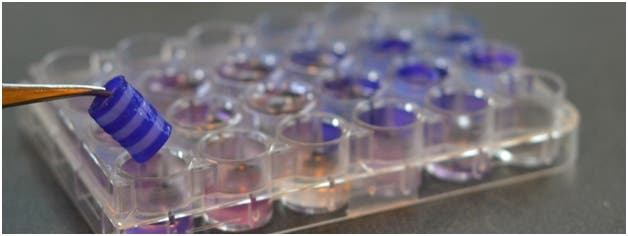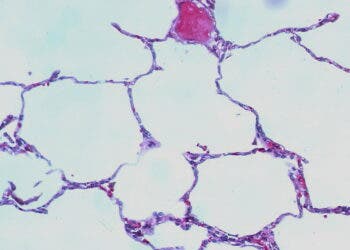Here on ZME Science we’ve written extensively about various breakthrough medical research, some of which promising cures for various mental or physiological conditions. Most of these findings come from pre-clinical trials, however, where animal models are used. The thing is, while a drug might work to cure a lung disease in a mouse, it could very well prove to be useless in humans. In fact, some 70% of investigational new drugs fail to show efficacy in human trials, adding to the $4 billion a piece or ten years worth development typically required to put a drug on the market. All this time, energy and expenditure are then transferred to the patient, who has to pay for all of this.

Besides animal models, medical researchers rely on 2-D cultures in petri dishes, but these cannot model the complex 3D intercellular interactions occurring in our organs, and animals are poor predictors of the human drug response. Some work, some don’t, so it’s a hit and miss game at the moment. The genuine problem is that there are too many misses.
One way to solve this is to perform drug tests directly on human tissues. No, not on actually living, breathing humans or clones, but on 3-D bioprinted tissue. This is what University of British Columbia Department of Electrical and Computer Engineering researchers and spinoff Aspect Biosystems are currently working on.
“There are 200 ways to cure pulmonary fibrosis in mice but not a single cure for the disease in humans,” says Sam Wadsworth, co-founder and director of biology of Aspect Biosystems. He and his colleagues have discovered a technique for growing 3D human airway tissues that almost exactly replicate the lung wall. Compared to the standard technique of growing sheets of cells in a dish or test tube, this is a major improvement, he says.
“We use our airway cultures to model a disease where the animal models have been poor predictors for drug discovery,” says Wadsworth, who is also a research associate at the Institute for Heart and Lung Health at St. Paul’s Hospital, where he works on the BRONCH project. “Pulmonary fibrosis is a rare but terrible disease. If you don’t get a transplant, you’ll die.”
By now 3-D printing isn’t an innovation anymore, but 3-D printing live tissue — well that’s another story. UBC’s technique works much in the same way as any regular 3-D printer: layer-by-layer fabrication. However, the material isn’t some smooshy polymer compound, but living human cells, extracellular matrix material, and other factors. The tough part was arranging the printer’s head to be able to shift through various types of cells as it performed the cell layering process.
The researchers solved this by incorporating microfluidic technology into the print head allowing them to manipulate the printed materials in a unique way, including the sequencing of different cell types, and the ability to generate complex arrangements of the materials prior to deposition. That is, the composition of one of the base printing units (a fiber) is not restricted to just one material, but can have a programmed composition including many different materials (in this case the different materials are different types of human cells).
There is more 3D bioprinting tech developed elsewhere, however, UBC’s approach is unique in this respect since their solution was designed from the ground up. So far, simple 3D tissues are being created meant for testing by pharmaceutical companies. As the process becomes more refined, it may be possible for the solution to become fully integrated iintodrug testing processes and dramatically reduce R&D costs.
“We are currently working with customers on a one-on-one basis and expect to have products online over the next two to three years. We currently do not have plans to release the printing technology itself as a product, but will rather be providing printed tissue structures in a multi-well plate format,” the researchers state in a press release.






